
Black Friday Week Begins!
Welcome to Black Friday Week 2023!

Welcome to Black Friday Week 2023!
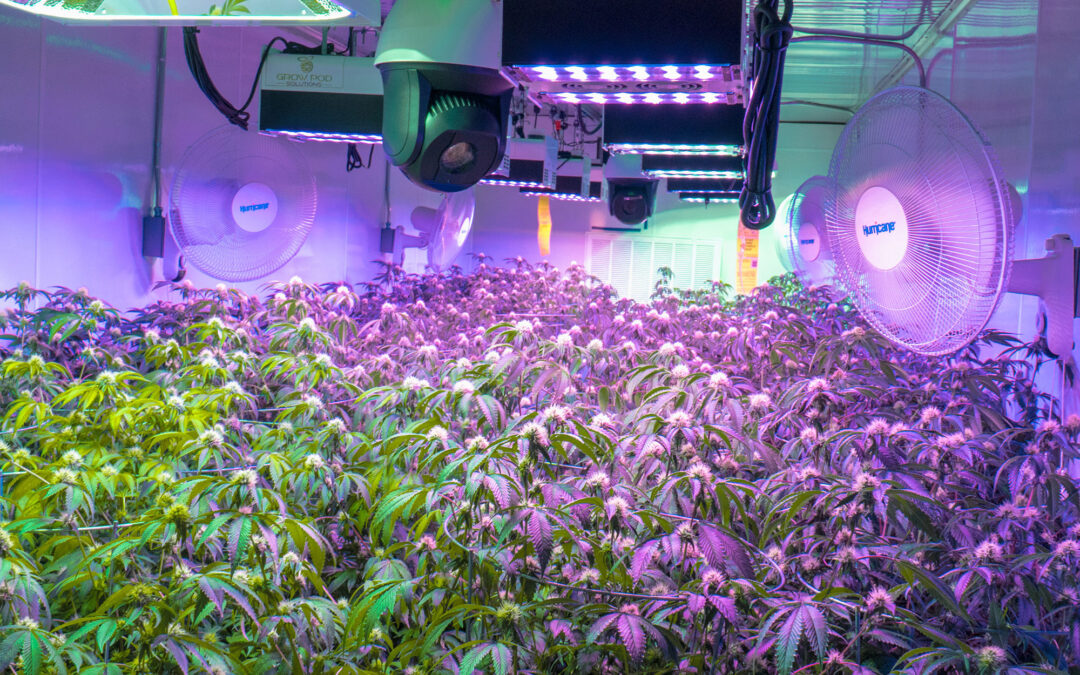
Growing cannabis indoors can be a rewarding but complex endeavor. Here are some steps for the best indoor cannabis preparation:
Remember that cannabis cultivation can be complex and may require some trial and error to achieve the best results. Additionally, always prioritize safety, legality, and the well-being of yourself and others when growing cannabis indoors.
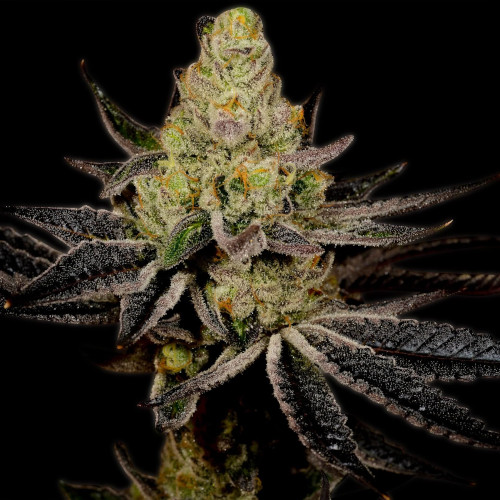
Niagara Seed Bank, a leading provider of premium cannabis seeds, is thrilled to announce the launch of an impressive lineup of new cannabis strains that are set to revolutionize the cannabis cultivation landscape. These innovative strains are the result of years of careful breeding and research, and they promise to deliver exceptional experiences for both recreational and medicinal cannabis enthusiasts.
The new strains, carefully curated by Niagara Seed Bank’s expert team of breeders and cultivators, offer a diverse range of flavors, aromas, and effects, catering to the preferences of cannabis connoisseurs worldwide. Whether you’re seeking relaxation, creativity, or relief from specific ailments, these strains have been thoughtfully developed to meet your needs.
Key Features of Niagara Seed Bank’s New Cannabis Strains:
Niagara Seed Bank is committed to promoting responsible and sustainable cannabis cultivation practices. They provide comprehensive growing guides and expert advice to assist growers in achieving successful harvests.
https://niagaraseedbank.com/product-category/new-arrivals/
NOS – Granddaddy Gorilla Auto
NOS – Glookies Auto
NOS – Blackberry Moonrocks Auto
NOS – Purple Zkittlez Lemon Bean
NOS – Moonshine Cookies
NOS – Gush Mints
NOS – Future #1
NOS – Chiquita Banana
NOS – Cake Batter
NOS – Black Runtz
Before we compare clones and seeds, let’s make one thing perfectly clear. We can’t overstate the importance of using good genetics. As we say so often, any good grow starts with great genetics Nonetheless, growing cannabis can also be done using clones.
Cannabis clones are cuttings taken off a ‘mother plant’ and then carefully coaxed to grow into new plants. Clones are exact copies of their mother plant; cloning copies the genetic code present in plant DNA. This is very different from the natural reproductive strategy of cannabis plants, and that means clones differ fundamentally from plants raised from seed. So which is the better choice? As you will find out below, that depends…
Clones are literally an identical copy of their mother. Because they are made by carefully cutting off a branch of a plant that has proven itself (through amazing flavor, mold resistance or potency for example), and letting that branch develop its own root system. If it works out, you end up with a cloned cannabis plant: a new organism with the exact same genetic code as its mother plant. In biology, the totality of an individual’s genetic makeup, encoded in its genes, is called ‘genotype‘.
Of course, you can’t see a plant’s genes from the outside; DNA is a code written in proteins, carried deep inside every cell of an organism. The genetic code represents traits expressed on the outside, be they broad or small leaves, big versus small buds, or any other property inherited from its parent(s). The totality of these traits make up the individual’s outward appearance. It is the sum total of all genetic traits included in its genotype. This expression of an individual plant’s genetics is known as its ‘phenotype‘.
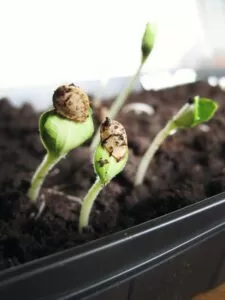
Growers and connoisseurs often refer to phenotype simply as ‘pheno’. Interestingly, cannabis seeds from the same strain, and even produced by the same female plant (single genotype), can turn into plants with different phenotypes. This pheno variance is due to natural reproduction: when pollen from a male plant touches the pistil of a female plant, the resulting seeds carry various combinations of both parent’s DNA (genotype). That explains why natural reproduction creates varied offspring with varying phenotypes. It keeps the species evolving, producing random new phenotypes that may be even better than the parent’s phenos combined.
By taking clones you know your crop will consistently have the exact same grow characteristics, flavour profile, and overall phenotype as its mother. Unfortunately, clones also carry any flaws their mother’s DNA may contain. Clones can carry hidden genetic defects that may only express themselves months later while flowering. They can also carry diseases and vulnerabilities to pests and fungi inherited from the mother plant.
Moreover, mother plants are often treated with high quantities of pesticides. If carefully managed, one single mother plant can survive for years, providing growers with a stable harvest and new clones time and again. Pesticides are often used keep mother plants protected, and that can be a real drawback. Pesticides accumulate in the tissue of the mother plant; as a result, any clone cuttings will contain the same pesticides from the start.
On top of these drawbacks, finding good quality clones can be exceedingly difficult. Even if you do find a breeder willing to sell you some, they will be expensive. And that’s even before you start to try and keep the clones alive in your own grow setup! All in all, finding top quality genetics is much easier, cheaper, and safer when you order cannabis seeds online. Seeds are designed by nature to carry all the precious genes safely to the spot where the seed can germinate and grow into a new cannabis plant. That makes the case for choosing good seeds over clones pretty clear, but there is more to consider.
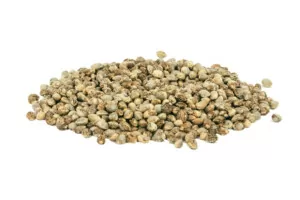
As noted, clones are simply rootless branches cut off a mother plant. Obviously, the first thing they need to develop after you plant them is a root system. And that takes energy; a whole lot of it, in fact. Meanwhile, the existing leaves of the clones demand energy to grow and continue THEIR work: photosynthesis.
This means cloned cannabis plants will probably not develop optimal root systems. And that’s a shame, considering that root volume equals yield volume. In contrast to seeds, clones need a shorter vegetation period. During that time they’ll also grow faster than plants from seeds, because the clone is not an infant, but has the same age as its mother. Again, this may seem advantageous at first, but such unnatural growth comes with drawbacks, too.
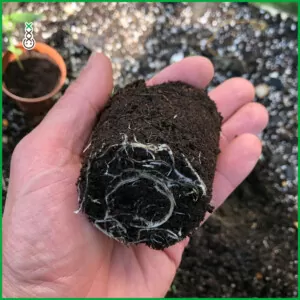
Clones will not grow as sturdy as cannabis plants from seeds, though. After germination, cannabis seeds develop a fat taproot, which travels as far down into the soil as it can. The taproot serves like an anchor, increasing the stability of the plant. This vertical root will go on to develop lateral roots horizontally, ensuring a deep-rooted cannabis plant. And as we stated before, root volume equals yield volume. So a healthy and substantial seed-grown root system is all set to produce a healthy and substantial yield.
Apart from developing their roots differently, clones and seeds also develop differently above ground. On one of our latest strain hunting expeditions, we discovered that clones develop one sided nodes. Each time the stem of a clone splits into branches, it only develops one single branch per node. Cannabis plants from seeds on the other hand, develop two-sided nodes. Considering they develop double the amount of branches per plant and have a bigger and more stable root systems, weed from seeds potentially yields much more than clones.
Using clones means having an exact copy of a mother plant’s genotype to work with. That can be a big plus if you know exactly which phenotype you want to grow. If you manage to raise a clone the right way, you could theoretically produce more clones for your next grows. We will admit this is a benefit for some growers, but the extra effort involved convinces the majority of growers to work with seeds in the natural way.
Some may find the genetic consistency of clones a good thing, but we know that most growers find the idea of clones unnatural and boring. After all, with all the wonderful variety available today, why stick to the same identical genetics when there’s so much more to explore? In contrast to clones, cannabis seeds from the same parents can each still have different tastes and grow characteristics. Perhaps that makes growing cannabis from seeds less predictable, but it does add to the excitement. Just like human siblings are not identical, neither is the natural offspring from cannabis plants. Let’s face it: if all your brothers and sisters were your exact identical copies, things would soon get boring at home, right?
Some growers with an experimental mindset like to develop new strains of their own. If they succeed, they can proceed in two ways: clone the new plant, or pollinate it to grow new seeds naturally? They’ll need to cross two existing strains first, though, and to do that they need cannabis seeds, not clones. Crossbreeding two clones with the same genotype is pointless. Moreover, clones are usually female plants, and attempting to two females is obviously problematic… Anyone interested in creating new variants using natural reproduction (between plants, that is!) is going to need male and female specimens.
Summing up, we can conclude that while clones are intriguing in certain ways, growing cannabis from seeds is more interesting, more natural, and generally easier for most growers. Of course, that still means truly great grows start with epic quality seeds.
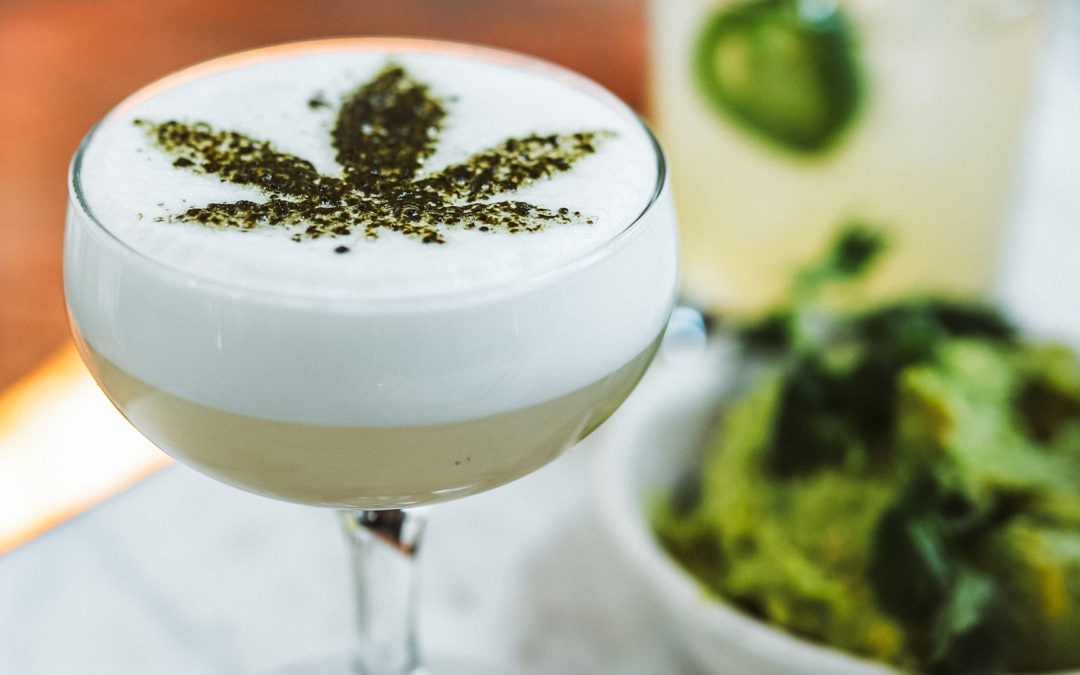
Niagara Seed Bank continues to provide the highest quality seeds at the lowest prices. With that in mind we have re instituted our 3 packs for $100 deal from now until September. There are some New Products out there at some may not have seen thus far so please check out our new product line and the re-vamping of the site in general.
The updates to the site has been driven by our customers and believe it will get you from point A to point B with as much information as possible with minimal amount of clicks. We hope you enjoy the sale and the new site look and feel. As always we are proud to have you “grow with us!”
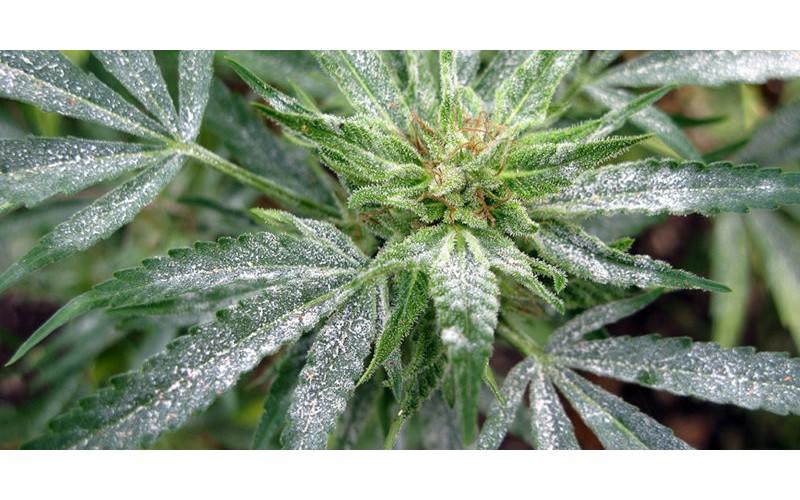
What is powdery mildew?
Powdery mildew is a common fungal disease that affects many plants, including roses, grapes, some types of fruit trees, and cannabis. Powdery mildew diseases are caused by different species of fungi in the order Erysiphales, with Podosphaera xanthii being the most common cause. There are variations of the powdery growth that thrives on leaves, buds, young shoots, fruits, and flowers. It’s spread when the fungus releases spores in the spring and can remain dormant until conditions are ideal for it to grow and spread, sometimes years later.
How to treat and prevent powdery mildew.
If you’re dealing with a current outbreak, UV Clean Light has been proven effective against many powdery mildews but requires a particular bulb. Several other organic treatments, including copper-based fungicides, baking soda solutions, neem oil, garlic, compost tea, apple cider vinegar, hydrogen peroxide, and milk, can be effective. It’s essential to irradiate the mildew completely. Remove infected plants quickly to prevent losing an entire crop.
To prevent the spread of powdery mildew, creating a multi-faceted approach is crucial. Here are some tips on preventing the spread of mildew.
Air Purification/circulation – Using an air purification system will help keep spores from spreading. Increasing circulation is also an effective way to prevent the mildew from growing. Poor circulation contributes to many problems, so increasing circulation will be beneficial.
Light – Powdery mildew prefers shade, so making sure your plants are getting the maximum amount of light should aid in keeping any spores from growing. Just make sure they’re not getting too much light. For more information on how to know when plants get too much light, check out this blog.
Limit fertilizers – Because fertilizers encourage natural growth, it’s essential to ensure you’re not providing the means for the powdery mildew to grow. Slow-release fertilizers or liquid nutrients in hydroponics systems that keep it away from leaves and shoots are preferred.
Overcrowding – Give your plants plenty of space to grow. If plants are overcrowded, it allows spores to spread faster. An entire infestation can be costly, so make sure you give your plants plenty of room without wasting valuable space.
Final thoughts
Most approaches to pests and disease prevention require research and customization. Every grow is different, and the approach to prevent or treat infestations should deal with your specific circumstances.
Happy growing!
The NSB TEAM
Hello Niagara Seed Bank Customers,
In the next 3 months (every 2 weeks beginning today) we are going to do our best to bring you cultivating tips, tricks and methods that will enhance your growing experience. We will be putting out subjects the we feel are relevant. If you have any suggestions for subjects please feel free to message us anytime.
Happy Monday!
The NSB Team!
By popular demand we have extended our Niagara’s Own Line by 10. Drum-roll please…
NOS – Zkittlez | NOS – Skywalker | NOS – Wedding Cake | NOS – Grape Ape | NOS – Gorilla Glue #4 | NOS – Cookies | NOS – Cherry Pie | NOS – Chemdawg | NOS – Green Crack | NOS – Blue Dream
 Niagara Seed Bank aims to provide outstanding quality and customer service to its faithful customers on a consistent basis.To further this simple goal, we proudly introduce:
Niagara Seed Bank aims to provide outstanding quality and customer service to its faithful customers on a consistent basis.To further this simple goal, we proudly introduce:
Using our 25+ years of experience these seeds are selected to provide a 5-star product on a 2-star budget. We are confident that this new economical option will satisfy both the beginner and expert growers alike. We are starting out with 10 Feminized Varieties:
AK. Blueberry, Bubba Kush, Black Rhino, C99 x Blueberry, Cinderella 99, California Orange, OG Kush, Jack Herer, White Widow
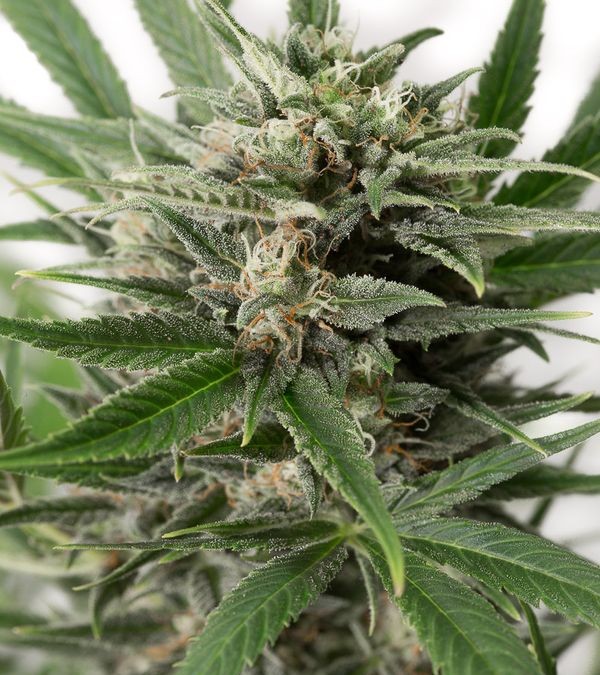
The ability to switch from vegetative phases to flowering automatically without requiring any adjustment to the amount of light the plant is exposed to is the quality that makes the best autoflowering seeds so popular nowadays. Indica and Sativa are still the two main types of cannabis used in the composition of the most popular strains, but the demand for plants that are not photoperiod-dependent has brought a third type into the picture: Ruderalis, the component that makes strains more resilient, helps maintain high yields and great quality while also reducing the plant’s dependence on light cycles.
The History of Autoflowering Seeds
The idea of adding the best qualities of Ruderalis plants to Indica-Sativa hybrids has its origins in Northern Europe and the Northern parts of Russia, where Ruderalis proved to be able not only to survive, but also to thrive under the temperature and light conditions characteristic to colder climates. For a long time, Ruderalis was considered to be an inferior type of cannabis, characterized by low yield and low THC content, but advanced breeding techniques have eliminated weaknesses and kept the strong points. The strains that use Ruderalis genetics are relatively young – autoflowering strains emerged during the second half of the 1990’s, but they have become very popular by now. Autoflowering seeds are nowadays widely available and they have convinced numerous breeders that the qualities that Ruderalis adds to these strains are numerous and valuable.
What Makes the Best Autoflowering Seeds So Popular
Autoflowering varieties are the preferred choice of beginner breeders, but more experienced breeders also acknowledge the benefits of these great strains:
The best autoflowering seeds are high-yielding and resistant to environmental and thermic stress, and they can also be trusted to produce high-quality nugs – with these plants, you will surely get the quantity and the quality that you expect.
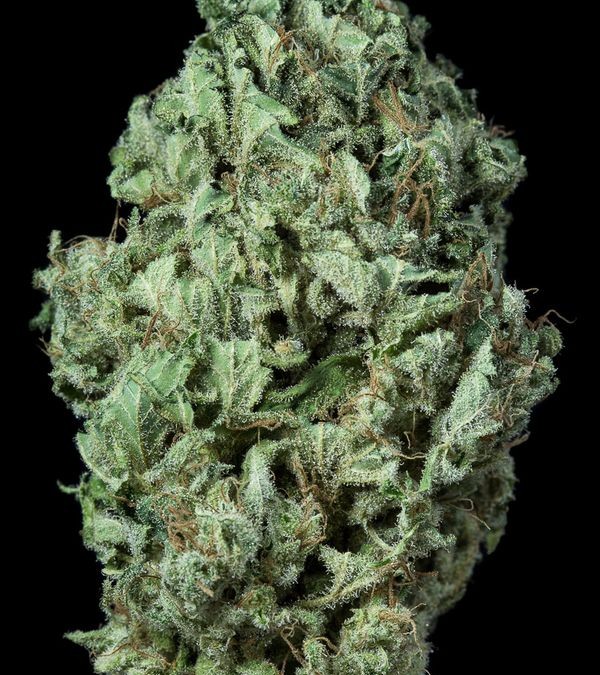
Sour Diesel seeds are popular for their effects as well as for the large, high-yielding plants the seeds grow into. Distinguished by the lime smell and by an aftertaste reminding of diesel fuel – hence the name – the smoke of Sour Diesel will make you sociable, being the preferred choice of not only those who are looking forward to a relaxed evening spent with friends, but also for those who need the variety’s great medicinal qualities such as its effects in ameliorating anxiety, depression, nausea and chronic pain.
This plant is not very easy to breed – there are many different methods used for indoors cultivation, the chosen technique having a direct influence on the quality, the appearance as well as on the produce, while outdoors breeding is recommended only in warm areas, with climate conditions similar to California or Spain.
The History Behind This Strain
The story of one of the most popular Sativa-dominant varieties (Sour Diesel is around 70% Sativa and only around 30% Indica) started in the 1990’s, in New York, and then the strain quickly migrated to the West Coast from where it began its rise to legend status. Though precise information about the origins of Sour Diesel seeds is scarce, according to one of the theories, Sour Diesel came to be as the result of the unintentional crossing between an Original Diesel and a Northern Lights-Shiva – an accident that resulted in what is known today as one of the most influential and most sought-after strains.
What Makes Sour Diesel Seeds and Plants So Popular
When kept well, under optimal conditions that allow the plant to achieve its true potential, the bush grows to over 5 feet in height and it develops large, resinous buds. The flowering period lasts for around 10 weeks, allowing breeders plenty of time to harvest the beautiful fruits of their efforts.
The taste, the smell and the effects of Sour Diesel are just as impressive as the looks of the plant. Robust in flavor and appearance, Sour Diesel will make you everything but sour. Just like the taste, the high is strong, generating instant feelings of happiness and the wish to talk and to socialize.
Sour Diesel seeds grow into plants that are potent in every way – the exceptional appearance of the bush is in harmony with the excellent yield, so taking the time to find the most adequate growing technique will bring impressive rewards.
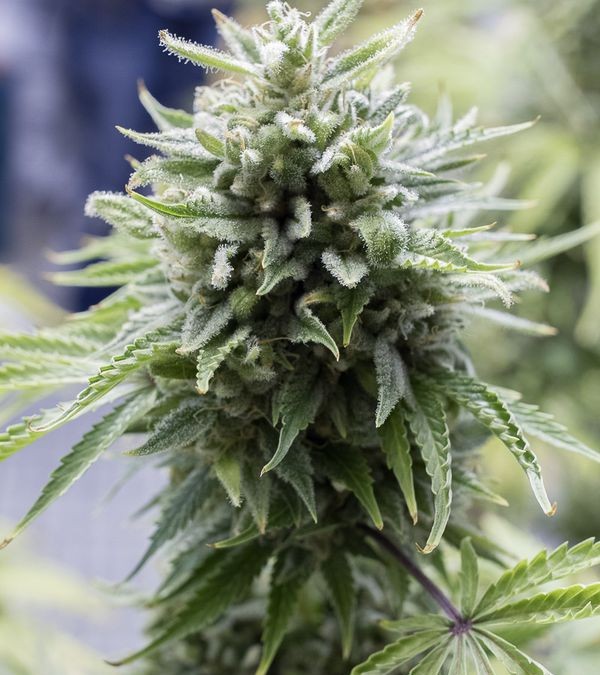
Known for their ability to grow into plants that produce very potent nugs, OG Kush seeds are preferred for the excellent results both in terms of quality and when it comes to quantity. The OG is one of the eight purest varieties of Kush and also a hybrid consisting of 5% Sativa and in 95% Indica. The colorful appearance, the fluffiness provided by the Sativa in its genes, and the flavorful resin make the OG a long-time favorite of many.
The History Behind this Extraordinary, Potent Strain
The origins of OG Kush seeds are wrapped in mystery and there are various explanations for the OG particle in the name as well – many believe this Indica-dominant strain comes from California, where it was developed from various Kush strains, Lemon Thai and others. According to one theory about the name, OG is the acronym for “Ocean Grown”, also referring to the origins of the strain. OG has enjoyed great popularity ever since its development was complete, its potency and its exotic, piney-lemony flavor being its best features.
The Benefits of OG Kush Seeds and Plants
OG Kush plants look great, taste great, feel great and are great to breed too. Here are all these qualities in a bit more detail.
OG buds are of a beautiful, deep green, with large THC crystals visible on the surface. The plant exudes a strong smell in any growth phase – smell that only becomes more intense with the harvested bud. The high is powerful in an energizing way, making OG perfect as a refreshment savored during the day. OG has been also successfully used to ameliorate a number of physical issues, including anorexia, fatigue, depression, glaucoma and nausea.
Breeders also appreciate OG for a number of qualities:
All you need to get your OG Kush seeds to germinate is soil of the suitable composition and large containers to give your plants space – the bush will grow beautifully and will soon give you a good harvest of this legendary weed.